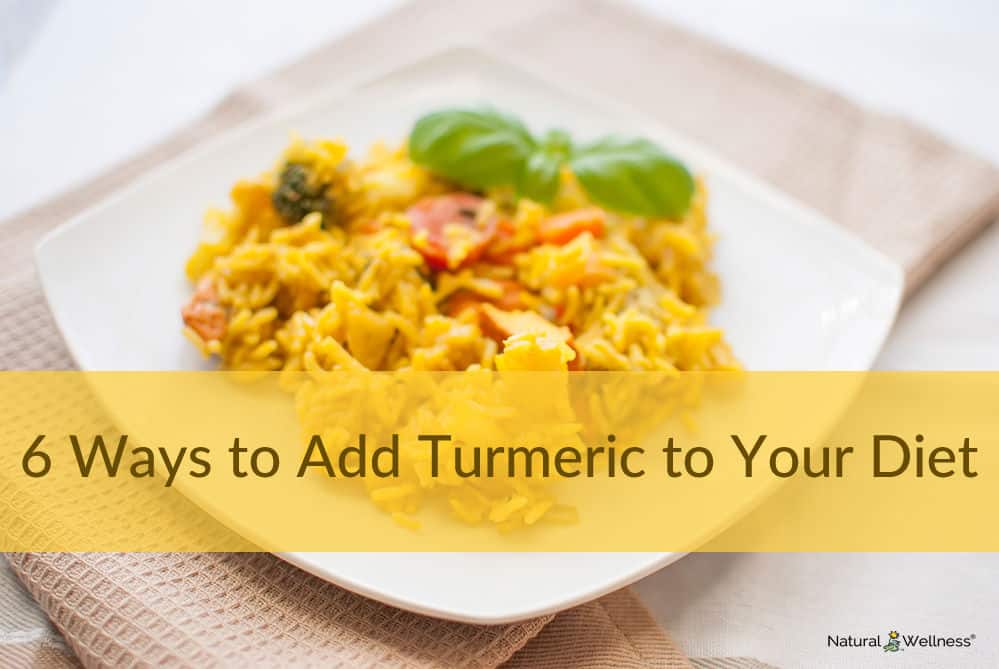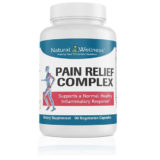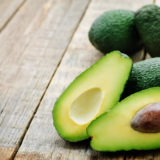

Curcuma Longa, or turmeric, has been around for over 4,000 years and has been used to treat many health conditions. The primary ingredient in Indian curry, turmeric is what gives it that bright yellow color and warm, spicy flavor.
Anti-Inflammatory and Bile Production
Turmeric is primarily an anti-inflammatory agent, which makes it a great dietary addition for those of us who suffer from inflammation-based conditions such as fibromyalgia and arthritis. Turmeric is also an excellent spice for liver conditions and has been used throughout history as a treatment for jaundice, gallbladder and liver problems. It has been shown to act as a cholagogue, meaning it stimulates bile production and therefore increases the breakdown of fats (in our digestive tracts, not on our hips!).
These two properties of turmeric, anti-inflammatory and cholagogue (bile production) actions, are exactly what make turmeric a powerful digestive aid.
Turmeric can be used to reduce heartburn, stomach problems, diarrhea and gas. Its anti-inflammatory properties make it an excellent spice for those who suffer from Irritable Bowel Syndrome (IBS) and Crohn’s Disease as well.
In addition, curcumin (the active compound in turmeric) has also been shown to stop the growth of Helicobacter pylori, or H-pylori, which is linked to gastrointestinal diseases such as gastritis, peptic ulcer and gastric cancers.
Cooking With Turmeric
So, “that’s great” you think, “but how do we use turmeric in our everyday cooking?” For most of us, turmeric is not really part of our traditional American diet and we may have no idea how to begin using it. Most of us only eat curry on occasion – and that’s oftentimes at a restaurant! The thought of adding turmeric can seem a bit daunting at first, but once you begin to experiment you will find it very easy to work with.
6 Ways to Add Turmeric to Your Diet
- Add a pinch or two to scrambled eggs, tofu or frittatas. Any kind of vegetable omelet or potato hash can be spiced up with a bit of turmeric.
- Toss a pinch or two on roasted vegetables! The warm, peppery flavor goes well with roasted potatoes, cauliflower, and even on asparagus.
- Adding turmeric to a soup or stew adds a nice bit of flavor, heat and spice.
- Drink it! Turmeric can be made into a tea, or add it to ginger for a warm, spicy treat. Great for taking the chill off on a cold day.
- Add it to a smoothie to add a bit of a spicy flavor. Because of its warm, spicy flavor, turmeric goes best with green smoothies made from more greens and vegetables than fruit.
- Add a dash to rice, quinoa or any other grains to add a bit of flavor.
But let’s face it; what we are having for dinner may not always be something that will benefit from turmeric’s unique flavor. So, how can we add this spice to our diets on a regular basis? Turmeric supplements allow us to benefit from the anti-inflammatory and digestive properties, even when we can’t, or don’t want to, add it to our diet!
Editor’s Note: Turmeric 95 is the most potent turmeric supplement, offering 20x the absorption!




